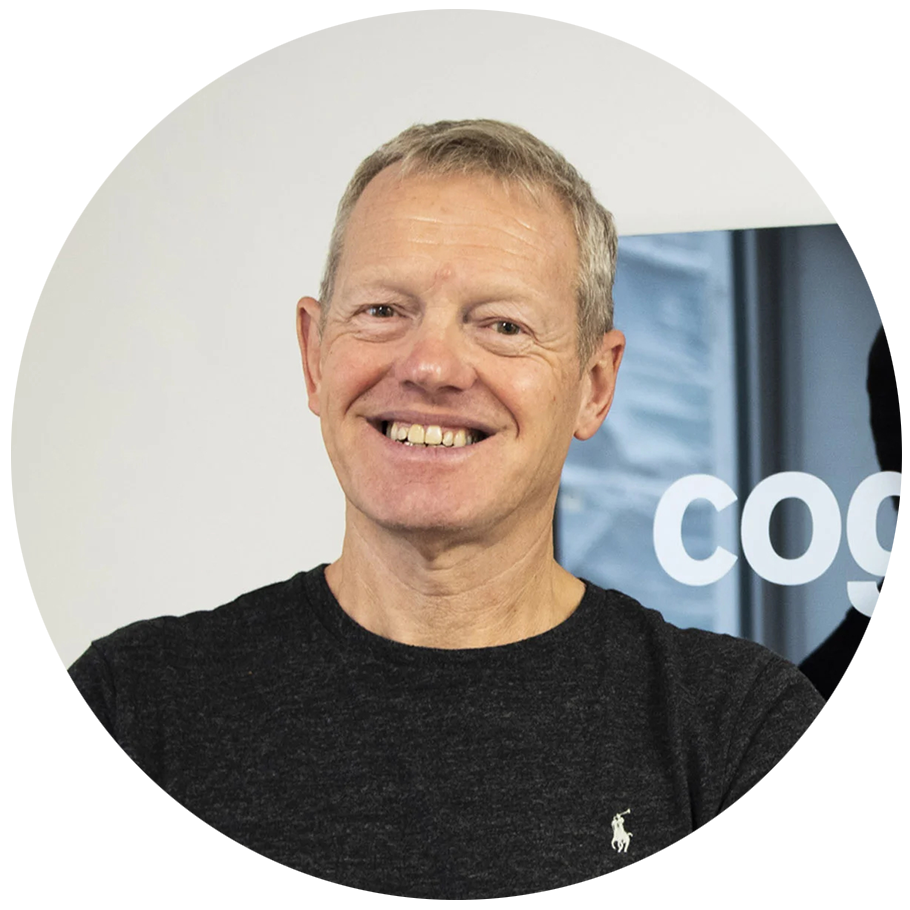There are many variants to the marketing and sales funnel, and they all share a linear progression from first contact to close and beyond into renewals and referrals.
Here’s the HubSpot version:

On the left of this version, there are the three stages of the “buyer’s journey” while on the right are the six stages a lead will pass through as it works its way through the marketing and sales funnel.
The buyer’s journey seems, at first glance, to be psychologically accurate.
It suggests that before we buy anything, we must become aware of it. Only then can we consider if it offers a solution to the particular problem we have and, if it does, we may decide to buy it.
When we use a real world example, the process seems even more accurate.
For example, let’s say we want to buy software. Before we consider which company to buy from, we must be aware that the company exists and that they sell software. We may have prior knowledge of the company, or we may find it online. Once we have awareness of our options, we will then consider them and make our purchasing decision.
The logic of this process is equally valid for the marketing and sales funnel -we engage with a piece of content, visit a landing page and show an interest by filling out a form, which means we will be contacted by a salesperson. Finally, we either buy or we don’t.
How HubSpot helps
The psychological accuracy of HubSpot’s funnel has led thousands of marketing agencies to adopt it as their preferred model. Typically, an agency will create the content to drive it and measure its performance. However, this is unlikely to get clients a good return on their investment.
Why?
The obvious answer takes us back to psychology. Perhaps the messaging wasn’t targeted to the beliefs, attitudes and motivations of the target personas or perhaps the personas themselves were ill-defined. Alternatively, there might have been a macroeconomic event that led to sudden downturn in sales such as a banking collapse or Brexit. So, the agency tries again.
And if it does, without blending psychology and meaningful, real-world data from proven platforms such as HubSpot, it will fail again. That’s because the buyer’s journey and the marketing and sales funnel are easier to understand than the statistics behind marketing failures.
So, this is how you make the funnel work...
Before hiring an agency you have a 20 percent conversion rate on your website and you want that conversion rate to improve. Your agency may do the right thing and conduct an A/B test on your landing pages but if it fails to understand the numbers needed to make that test significant, the data will be useless.
For example, to have 95 percent confidence that the results of an A/B test point to a meaningful difference in your baseline of 20 percent, you need to have a sample of 1,030. And, for that confidence to increase to 99 percent, the sample size needs to be 25,255.
The answer, then, to optimise the performance of your marketing and sales funnel is very simple - you just need to know where to look for the numbers that will make or break it.
At Cognition, we’ve been doing exactly that for over 20 years, and our blend of digital marketing, psychology and technology will find the numbers that unlock the real-world psychology that drives the decisions your buyers make.
To find out how to optimise your marketing and sales funnel [click here] or download our guide, “Digital Marketing Made Simple”.




.png)
